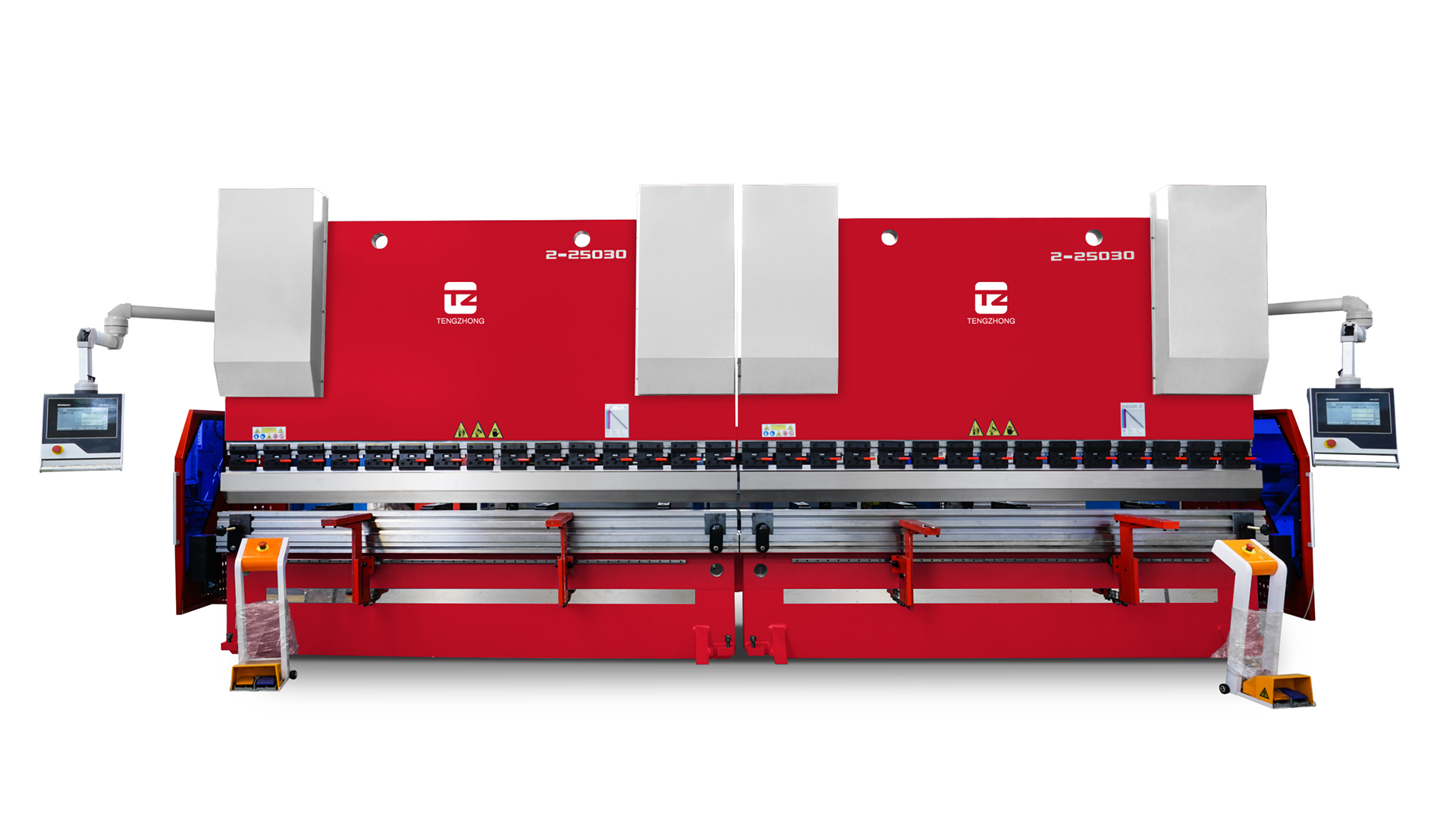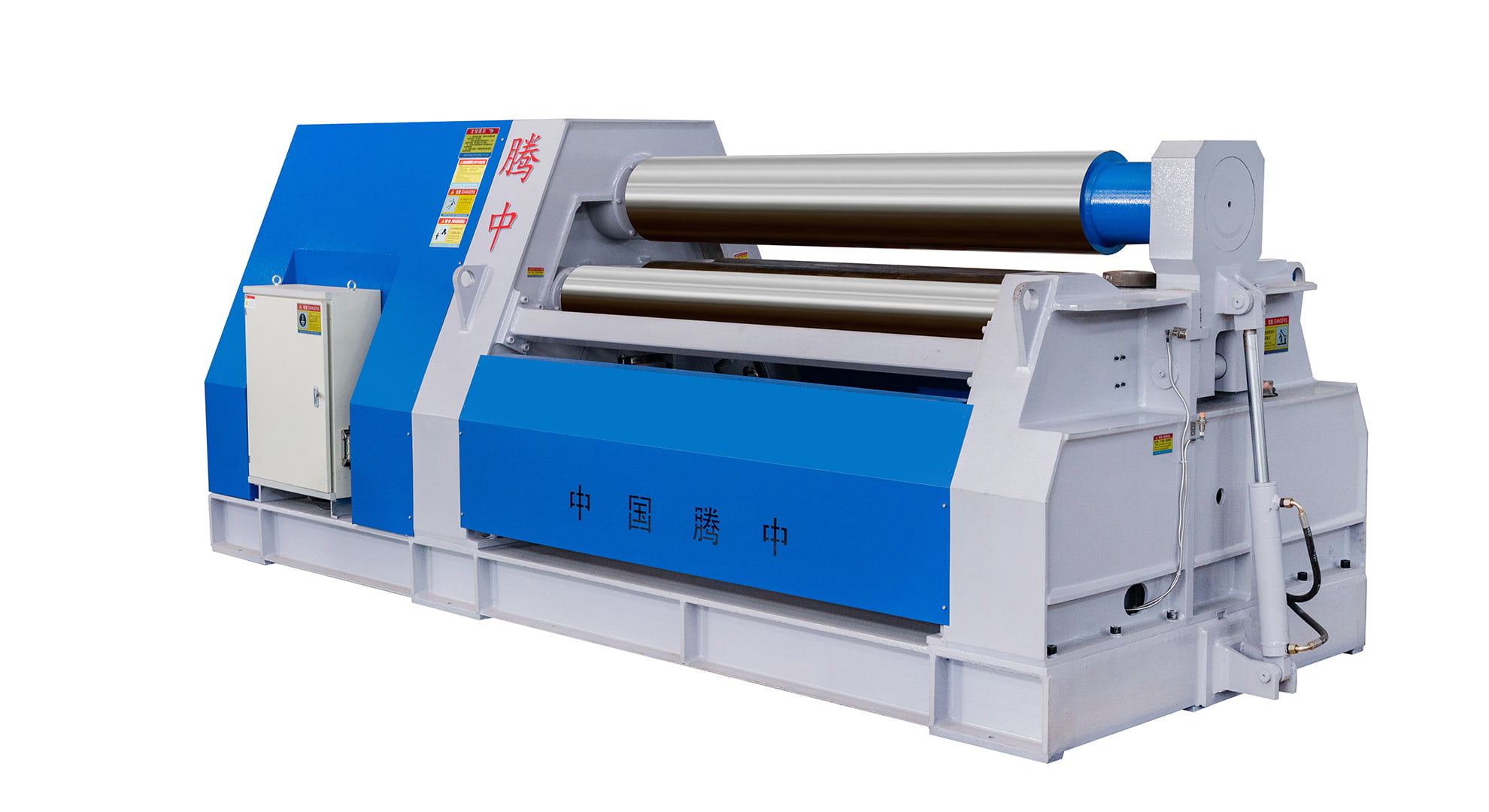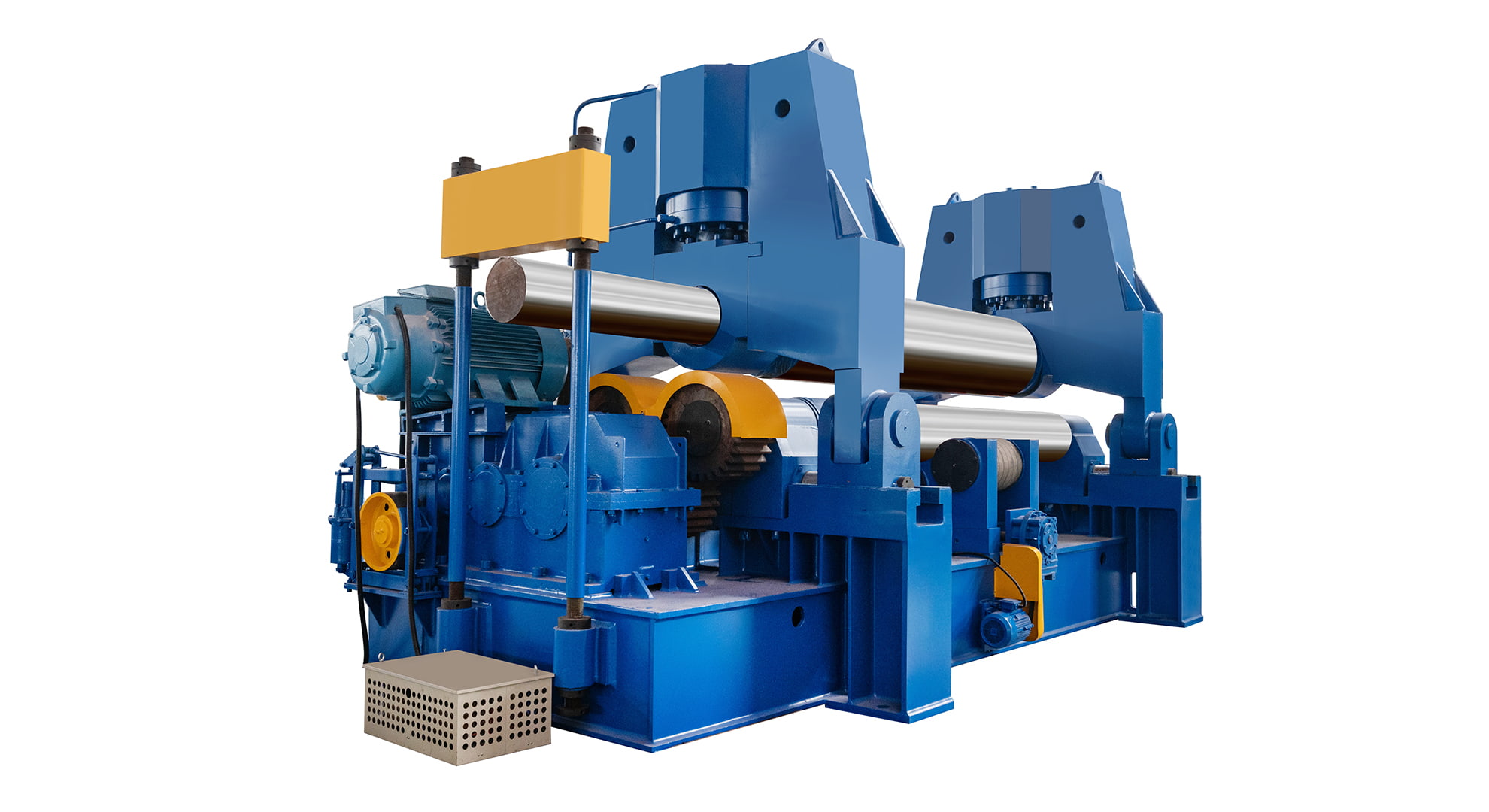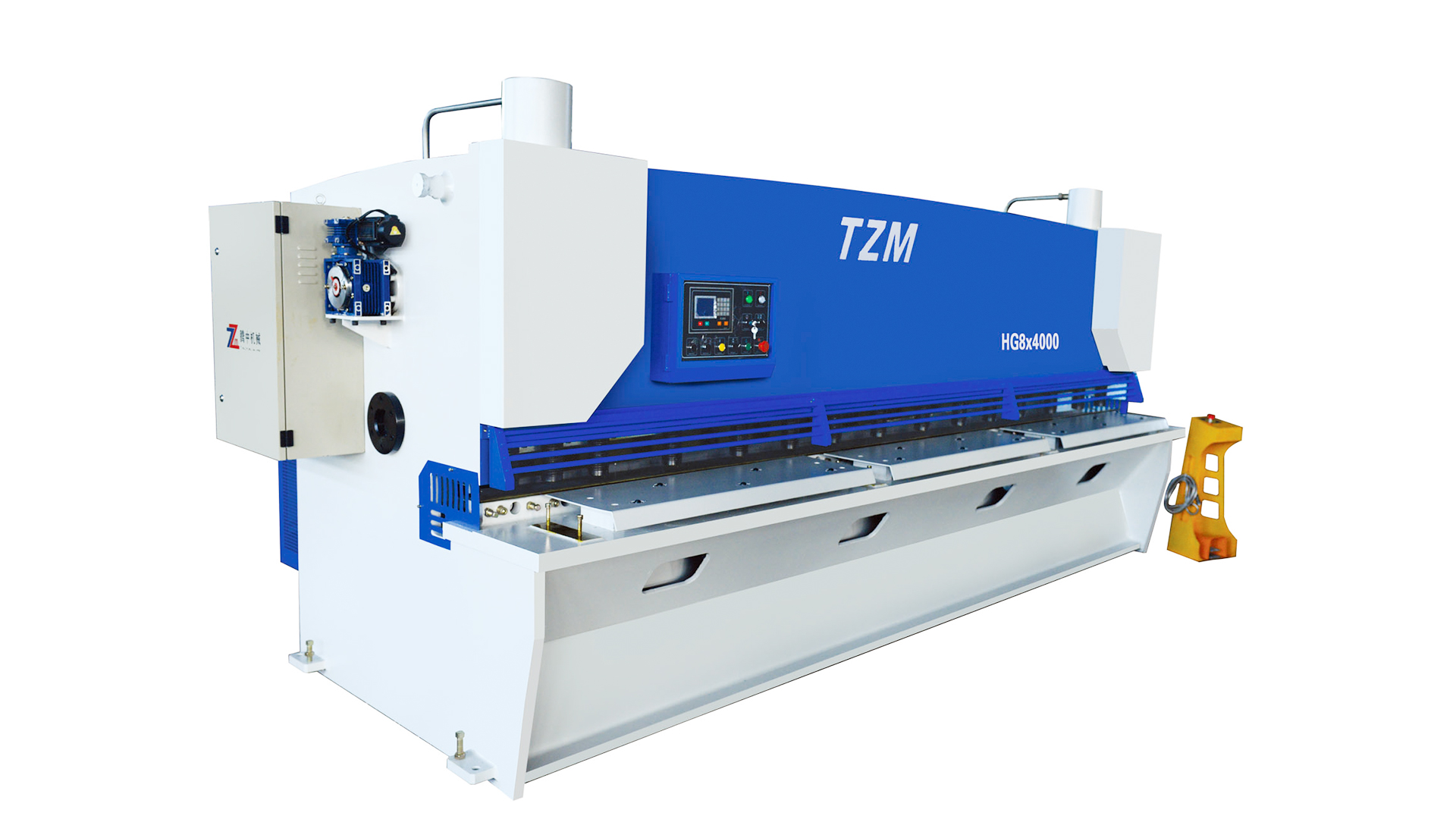How is the Cutting Depth Controlled in a V-Grooving Machine?
2025-10-17
V-grooving machine is widely used in industries such as furniture manufacturing, signage production, and cabinetry. Their primary function is to create precise V-shaped grooves on sheet materials like MDF, plywood, PVC, and acrylic. One of the most critical aspects of operating a V-grooving machine effectively is controlling the cutting depth. The depth of a V-groove determines the quality, strength, and appearance of the finished product. Inaccurate cutting depth can result in incomplete grooves, weakened material, or wasted resources.
1. Understanding Cutting Depth in V-Grooving Machines
The cutting depth in a V-grooving machine refers to how far the cutter penetrates into the material from the surface. It is generally measured from the top surface of the sheet down to the bottom of the V-groove. The ideal cutting depth depends on several factors:
- Material thickness: Thicker materials require deeper cuts, but overcutting can compromise structural integrity.
- Material type: Softwoods, plastics, and composite boards respond differently to cutting forces.
- Groove design: The angle and width of the V-groove influence the necessary cutting depth.
Controlling cutting depth is essential not only for precision but also for safety and efficiency. Improper depth can lead to blade damage, machine wear, or even operator injury.
2. Mechanical Methods for Cutting Depth Control
Early V-grooving machines relied primarily on mechanical adjustments to regulate cutting depth. Although modern machines increasingly incorporate CNC technology, understanding the mechanical principles remains important.
2.1 Adjustable Cutter Height
One of the simplest methods is adjusting the vertical position of the cutter. By raising or lowering the cutting head manually, the operator can control how deep the blade penetrates the material. This adjustment usually involves:
- A handwheel or lever that moves the spindle vertically.
- Graduated markings or scales to indicate cutting depth.
- Locking mechanisms to secure the spindle at the desired height.
While this method is straightforward, it requires careful calibration and operator experience to achieve consistent results.
2.2 Depth Stops
Some V-grooving machines use mechanical depth stops. These are physical barriers that prevent the cutter from moving beyond a certain point. Depth stops offer:
- Quick setup for repetitive cuts.
- Consistency across multiple pieces of material.
- Reduced risk of operator error.
However, mechanical stops have limitations in precision, especially when cutting complex patterns or materials of varying thickness.
2.3 Spring-Loaded Cutting Heads
Certain V-grooving machines employ spring-loaded cutting heads. These heads automatically adjust to minor variations in material height while maintaining a consistent cutting depth. This mechanism is particularly useful for thin or uneven boards, as it reduces the chance of gouging or incomplete cuts.
3. CNC-Based Cutting Depth Control
Modern V-grooving machines increasingly rely on computer numerical control (CNC) systems to achieve highly precise and repeatable cutting depths. CNC technology offers several advantages over purely mechanical methods:
3.1 Digital Height Adjustment
CNC-controlled machines can adjust the cutting head’s vertical position with sub-millimeter accuracy. Operators can input the exact desired cutting depth into the control software, and the machine automatically positions the cutter accordingly.
3.2 Pre-Programmed Material Profiles
Advanced CNC V-grooving machines allow operators to define the material type and thickness in the software. The machine then automatically calculates the optimal cutting depth for each groove, taking into account:
- Groove angle and width
- Material density and hardness
- Desired finished edge quality
This automation reduces errors and improves production efficiency, especially in large-scale manufacturing.
3.3 Multi-Step Cutting
Some CNC machines control cutting depth by performing multi-step or incremental passes. Instead of cutting to full depth in a single pass, the machine gradually deepens the groove in several passes. This approach:
- Minimizes material stress and reduces the risk of chipping or splintering.
- Extends the lifespan of the cutting tool.
- Allows for precise control of the final groove depth.
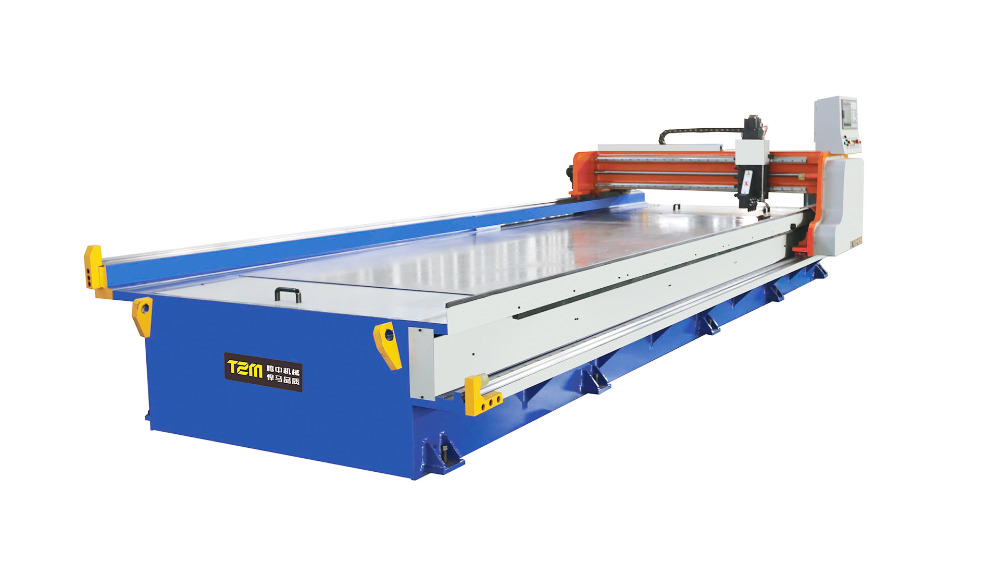
4. Factors Affecting Cutting Depth Accuracy
Even with precise mechanical or CNC adjustments, several factors can influence the actual cutting depth:
4.1 Material Variations
Sheet materials are not always perfectly uniform in thickness or density. Even minor variations can cause deviations in the groove depth. CNC machines with spring-loaded heads or adaptive control systems can compensate for these inconsistencies.
4.2 Tool Wear
V-grooving blades and cutters wear over time, which can reduce their effective cutting depth. Regular inspection, sharpening, or replacement of the blade is essential to maintain consistent groove quality.
4.3 Machine Calibration
Periodic calibration of the machine is critical. Misaligned spindles, loose screws, or worn components can lead to inaccurate cutting depth. Many modern machines feature built-in sensors to detect and correct deviations automatically.
4.4 Feed Rate and Cutting Speed
Cutting too quickly or too slowly can affect groove quality. A high feed rate may cause the cutter to bounce or skip, resulting in shallower cuts, while a very slow feed rate can overheat the blade and deform the material. Optimal speed settings depend on material type, thickness, and blade condition.
5. Measuring and Verifying Cutting Depth
Accurate control also requires consistent measurement and verification. Common methods include:
- Calipers and micrometers: Manual measurement tools for small batches or occasional checks.
- Depth gauges: Used to verify the exact depth of the groove during production.
- Laser sensors: Some high-end CNC machines incorporate non-contact laser measurement systems for real-time depth verification.
- Test cuts: Performing sample grooves on scrap material before full production helps ensure correct depth settings.
6. Tips for Maintaining Consistent Cutting Depth
To achieve reliable results in V-grooving operations, operators should follow best practices:
- Regular Tool Maintenance: Keep cutters sharp and clean to avoid deviations.
- Calibrate Machines Frequently: Check spindle alignment, depth scales, and CNC sensors.
- Adjust for Material Variability: Use adaptive control or spring-loaded heads for uneven sheets.
- Optimize Feed Rate and Cutting Speed: Balance speed with material type and thickness.
- Perform Test Cuts: Verify cutting depth on scrap material before full-scale production.
- Document Settings: Record depth, feed rate, and blade type for future repeatability.
7. Conclusion
Controlling the cutting depth in a V-grooving machine is essential for producing high-quality grooves that meet design specifications. Whether using manual mechanical adjustments or advanced CNC systems, operators must consider material properties, blade condition, machine calibration, and cutting parameters.
Modern CNC machines provide the most precise and consistent control through digital height adjustment, pre-programmed material profiles, and multi-step cutting processes. At the same time, understanding traditional mechanical methods, such as adjustable cutter height, depth stops, and spring-loaded heads, remains valuable for troubleshooting and low-volume operations.
By combining proper machine setup, regular maintenance, and careful monitoring, manufacturers can ensure consistent cutting depth, reduce material waste, and produce superior finished products. The ability to control cutting depth precisely is not just a technical requirement—it is a critical factor in achieving efficiency, safety, and quality in V-grooving operations.

 English
English русский
русский Français
Français Español
Español Português
Português عربى
عربى



